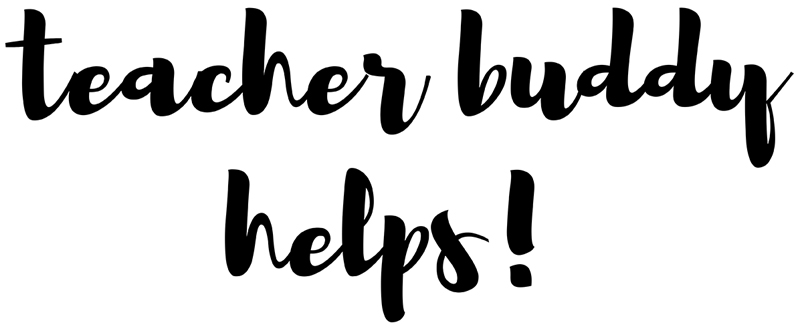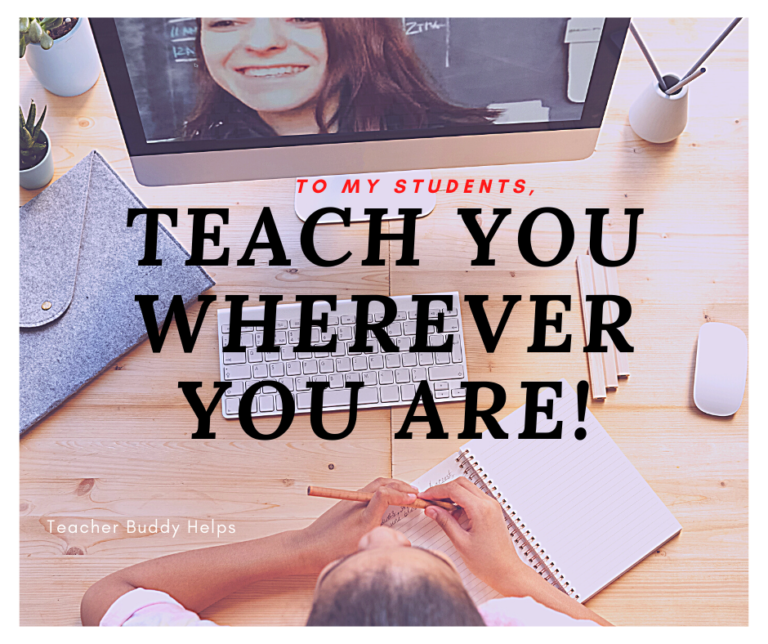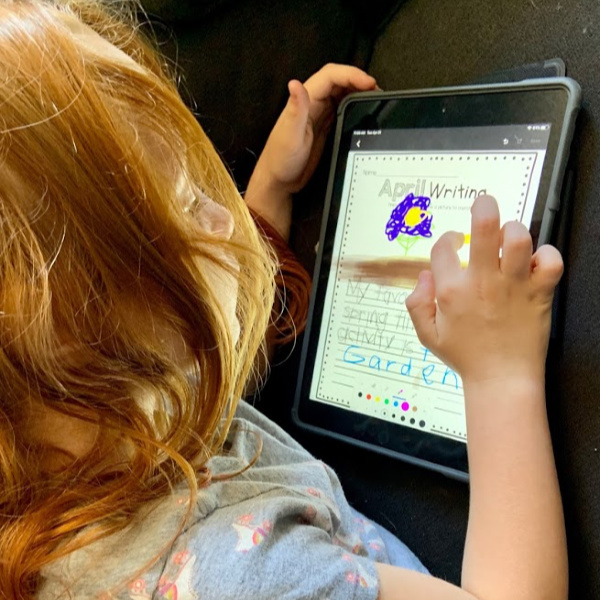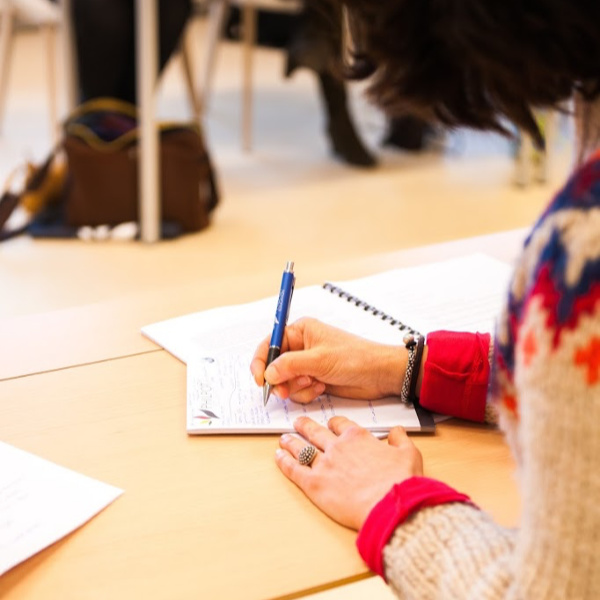The Power of “YET”
With the emphasis on ‘Growth Mindset’ these days, I thought it would be a perfect time to write about the Power of “Yet”.
You see, so much of what we do in life comes from trying, failing, falling down, jumping back up and trying again, and practicing until finally we are able to “DO” that thing (whatever it may be).
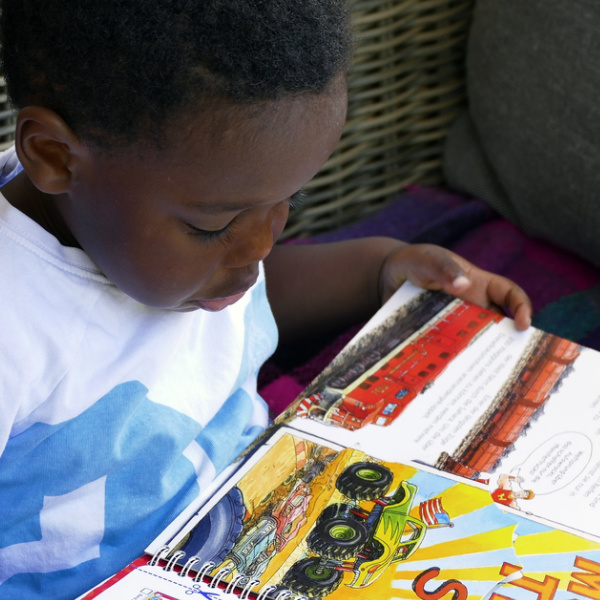
The Power of “yet”
And the way we describe that to children is “you can’t do it yet, but you will be able to do it soon.”
What exactly are some of the things that children must practice over and over in order to learn them or master them. We can begin at the beginning with babies and add more;
- learn to walk
- learn to talk
- read
- count
- to manipulate numbers
- manipulate letters & sounds to create words
- play a sport
- play a musical instrument
- drive a car
- to fix things and do home chores and repairs
- live within a budget
- and on
- and on
I wrote another article centered around mindset. You can read it here;
Grade level milestones – the Power of “Yet”
There are certain milestones at each grade level. Teachers quickly learn this, but often parents and students are not aware of them. For the sake of simplicity, I am only going to address the milestones in reading and math for kindergarten to fourth grade. You can fill in the blanks for all the other grade levels and subject areas afterwards.
The first premise is the old saying; “In primary grades children learn to read, and in upper grades they must read to learn.” So what are each grade level milestones?
Kindergarten and First grade
In Kindergarten students must learn to sit still, listen attentively, learn their numbers and letters (at a minimum). Mind you, teaching all of these things is a BIG job and i give kudos to all the wonderful Kindergarten teachers out there who LOVE this grade level.
First graders must learn to read and do simple arithmetic. Again, this is a HUGE JOB to teach students to become confident readers and to understand number concepts enough to be able to add and subtract.
Second through Fourth grades
Second grade students become even better readers and learn more comprehension strategies plus their math goes into the triple digits with beginning concepts in other areas in math. Many experienced teachers say this is the best grade to teach in elementary school. I think it’s because students “get” what school is about and many are now readers. Personally, my favorite was first grade…and many of you prefer third, fifth, middle school, etc. It’s all personal preference.
Concepts get more developed in third grade. Students read pages of text for a fictional story or read non-fiction to gather and compile information. They must also learn multiplication and division. Many students learn cursive hand writing in third grade.
Fourth grade is considered the bridge between primary and ‘upper grades.’ Fourth grade students begin to make inferences in reading text and learn many more genre than primary students. They are expected to become much more fluent in reading and their writing is more detailed. In math they learn fractions, decimals and more extensive multiplication and division problems.

Birthday milestones
Who can forget the special birthday milestones in life? Turning five, then double digits when you become 10. Turning sweet sixteen is super special because you can get your driver’s license and begin to become more independent. And once you are eighteen, the world tells you the you’ve become an adult (whether you feel like one or not).
It seems that, when you are young, that you are always striving to become older, always looking forward to what is coming next. The power of YET is strong! And those of us in our golden years are saying; “SLOW DOWN,” enjoy your youth…it goes by so fast.
The other milestone birthdays seem to be 21, 30, 50…and after that we stop considering them milestones. Most of us who have experienced loss are merely thankful for being given another year here with loved ones.
Before I forget to tell you, I have a FREE downloadable on ’10 ways to Impress your principal” if you want it. All you need to do is give your email below and I will zip it right over to your “in” box.
**
Connecting “YET” to struggles
As teachers, and for some of us, as parents, our job is to help our children (students) understand that “they just don’t get it YET.” Most children (and adults) can learn just about everything if given the time and the instruction.
I dare not say EVERYTHING because of some limitations some people may have. I really learned this concept well when I became an administrator and went into many special education classrooms where these teachers were working miracles with their students.
GIVEN THE TIME AND THE CORRECT INSTRUCTION THEY LEARNED.
So, when a student is struggling with a difficult math concept, or they’ve taken their driving permit test and failed it… that’s the time to remind them that they haven’t failed, they just don’t have it YET!
Guess who knows this the most?
Do you know what population is the BEST at using the power of “YET”? ATHLETES! AND MUSICIANS! They use this all the time, coaches push athletes (and musicians) to keep working at it...PRACTICE, PRACTICE, PRACTICE.
In school, teachers often tell the story of Thomas Edison and how he had 10,000 failures while trying to discover (create) the electric light bulb. This ability to “keep at it” or PERSEVERE is a valuable skill to teach our children (students). Because just about anything in life can be learned and later mastered with time and instruction.
That’s about it for now! Please continue the good work that you do and remind your students always to PERSEVERE!
Until Next Time,

